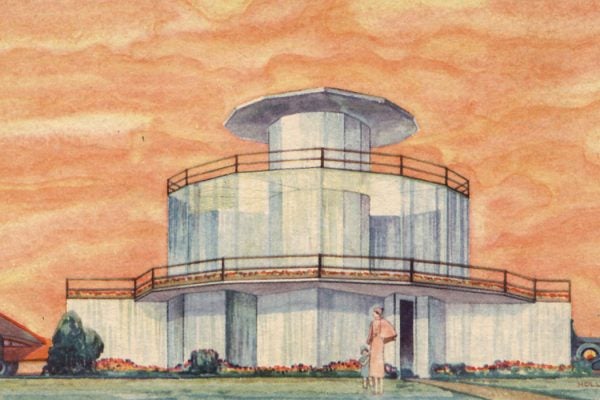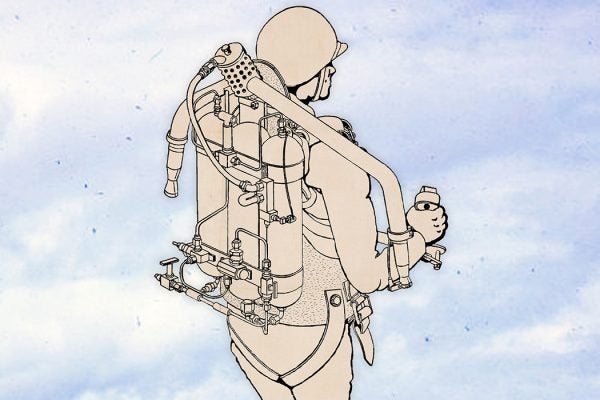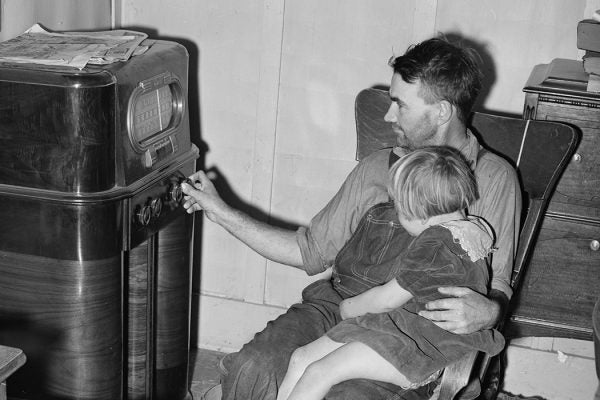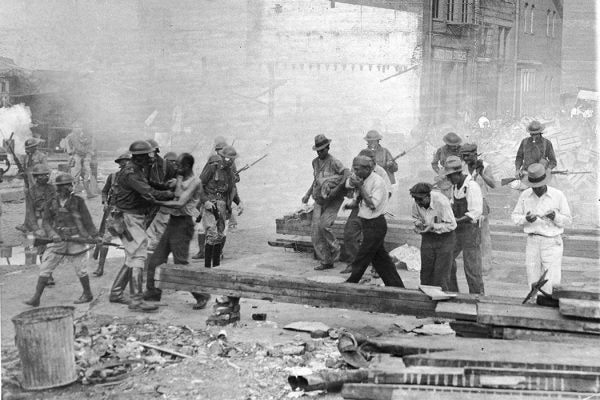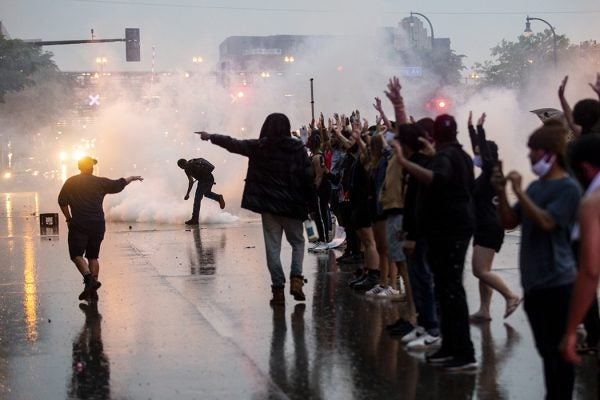Solar Housing Is Actually Kind of Retro!
The domestic fuel scarcity of World War II led to innovation in home heating—especially passive solar technology.
When the Push Button Was New, People Were Freaked
The mundane interface between human and machine caused social anxiety in the late nineteenth century.
Eighteenth-Century Spies in the European Silk Industry
Curious about the advancing wonders of the age, savants traveled abroad to gather trade secrets for their homeland.
The Whole Earth Catalog, Where Counterculture Met Cyberculture
Long before Facebook or Twitter, an L.L. Bean-style catalog for hippies inspired the creation of one of the world’s first social networks.
The Princes of Saxony Collected These Kitschy Miniature Mountains
Struck with “Berggeschrey,” or “mountain clamour,” early modern nobles of Saxony dolled up the dirty and dangerous work of the mines with gold and glitter.
How Technology Got Its Modern Meaning
If we give technology credit for changing history, does that mean we give ourselves less?
The People Who Thought Farmers Without Radios Were Rubes
In the 1920s, some people thought that the new invention of radio would make American farmers less "backward."
How Tear Gas Became a Staple of American Law Enforcement
In 1932, the “Bonus Army” of jobless veterans staged a protest in Washington, DC. The government dispersed them with tear gas.
Why Do Police Use Tear Gas When It Was Banned in War?
The development of chemical warfare around the time of World War I led to the use of tear gas as a weapon by civilian police forces.
